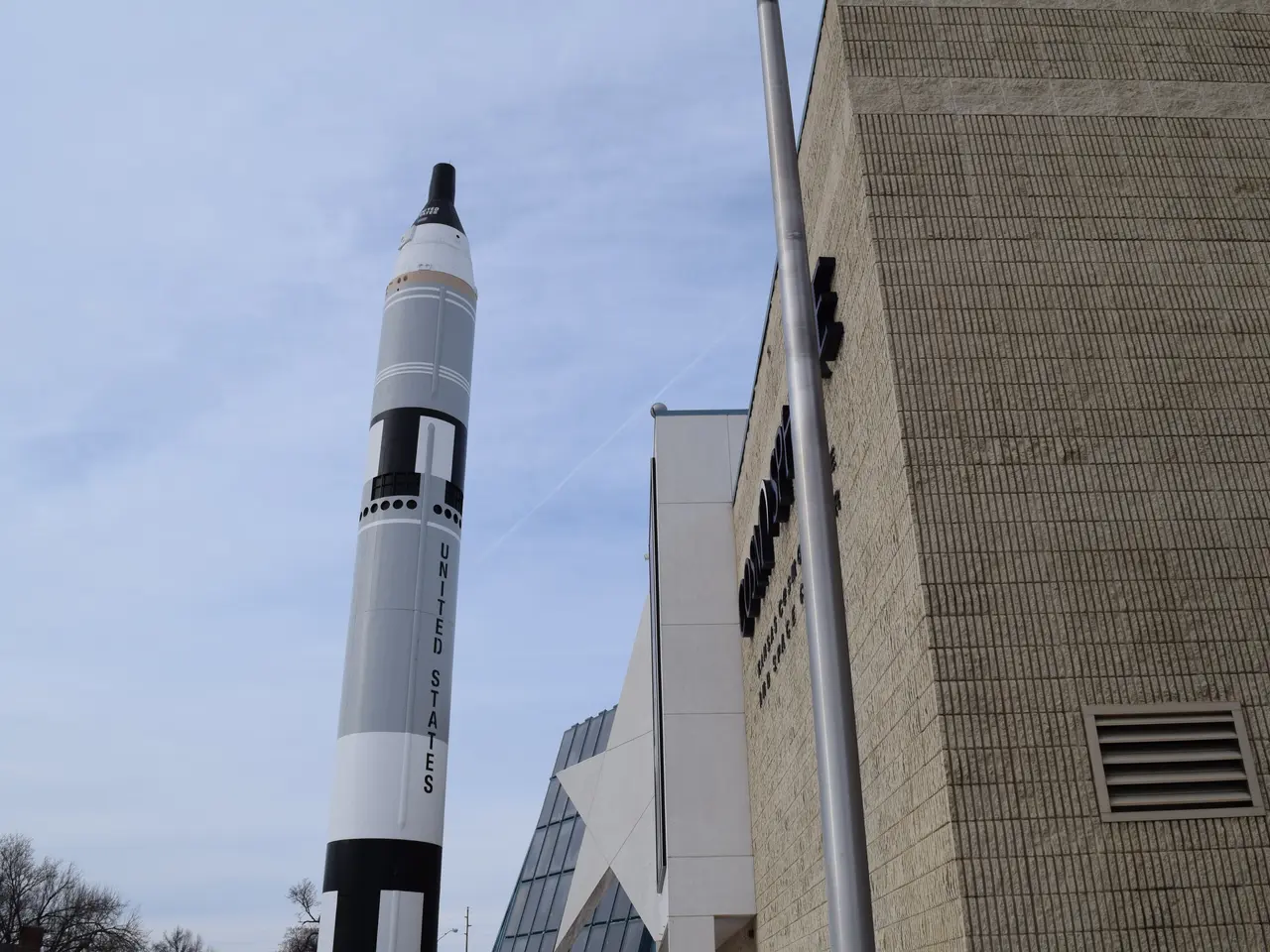Unforeseen Facts About Cosmic Debris in Orbit
In the vast expanse of space, a lesser-known threat looms—space junk. This debris, consisting of defunct satellites, spent rocket stages, and fragments from previous missions, poses a significant risk to operational satellites and spacecraft [1][3].
The danger isn't confined to large objects. Even tiny fragments like flecks of paint can puncture or impair satellites due to their high speeds, which range between 24,000 and 28,000 kilometers per hour, faster than a high-speed bullet [1][3]. This risk is heightened by collision cascades, a phenomenon known as the Kessler Syndrome, where collisions create more debris, increasing the probability of further collisions [1][3].
The consequences of these collisions are far-reaching. Essential satellites supporting GPS, weather monitoring, climate data collection, and communication networks are at risk. Disruptions could affect everything from climate science to agriculture reliant on satellite data [1][2][3].
Managing space debris is a complex and challenging task. Technologies aimed at removing debris, such as robotic arms, nets, or lasers, are technically complex, costly, and currently not scalable for the thousands of pieces needing attention [3]. End-of-life satellite disposal practices, such as controlled re-entry or moving satellites to graveyard orbits, are not consistently followed [3].
The satellite and rocketry industry also contributes to environmental damage through high carbon emissions from rocket launches and the mining of rare earth metals needed for satellite manufacture. The release of harmful chemicals during launches also contributes to atmospheric pollution and ozone depletion [4].
Deliberate satellite destruction, such as anti-satellite missile tests, have dramatically worsened debris environments by adding thousands of fragments that remain in orbit for long durations. Such events substantially increase collision probabilities in specific orbits and complicate debris tracking and avoidance [5].
In the future, space missions must account for these risks. This includes developing strategies for safer orbital paths, designing spacecraft with end-of-life disposal plans, and implementing coordinated international efforts in debris mitigation, monitoring, and sustainable space operations. The need for action is urgent, as the complexities of space junk underscore the importance of a safe and sustainable space environment for all.
References: [1] Space.com. (2021). What Is Space Junk? The Dangerous Debris Orbiting Earth. [online] Available at: https://www.space.com/23492-space-junk.html
[2] BBC News. (2019). Space Junk: The Debris Orbiting Earth and Threatening Satellites. [online] Available at: https://www.bbc.co.uk/news/science-environment-47997363
[3] NASA. (2020). Orbital Debris Program Office. [online] Available at: https://orbitaldebris.jsc.nasa.gov/
[4] The Guardian. (2020). The Environmental Cost of Space Travel. [online] Available at: https://www.theguardian.com/environment/2020/jul/20/the-environmental-cost-of-space-travel
[5] Space.com. (2020). China's Anti-Satellite Test in 2007 Still Haunts Orbital Space. [online] Available at: https://www.space.com/19581-china-anti-satellite-test-2007.html
- The threat of space junk, including defunct satellites and orbital debris, extends beyond the realm of large objects, jeopardizing operational satellites and spacecraft.
- Orbital debris poses a significant risk to various sectors, such as new space, environmental-science, and space-and-astronomy, as essential satellites supporting science, weather monitoring, climate data collection, and communication networks are vulnerable.
- The satellite and rocketry industry also contributes to environmental degradation, emitting carbon during rocket launches and releasing harmful chemicals that contribute to atmospheric pollution and ozone depletion.
- As we delve deeper into space exploration, it's crucial to address these environmental and safety concerns, by implementing technological solutions like robotics, monitoring practices, and sustainable space operations, to ensure a secure and harmonious space economy.




